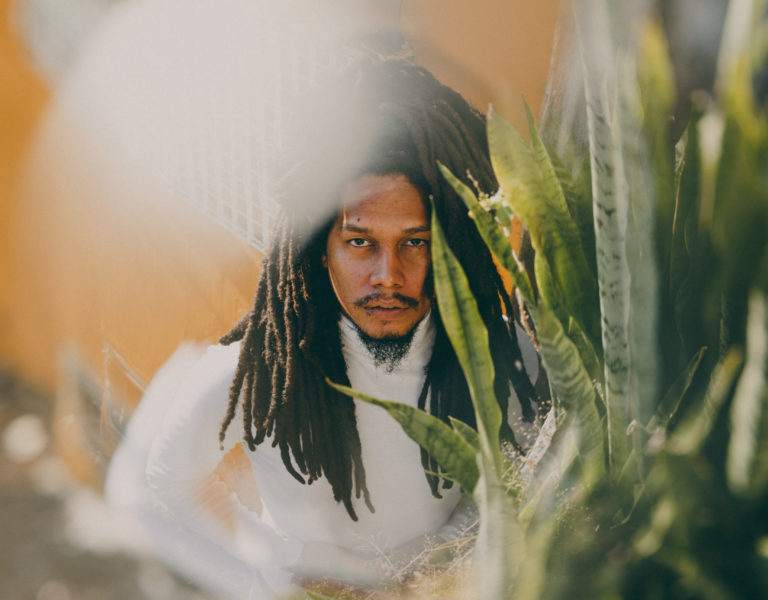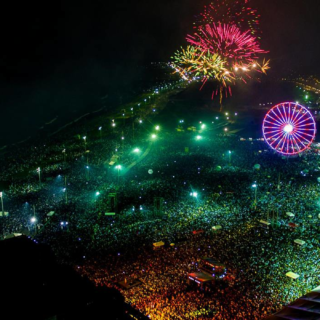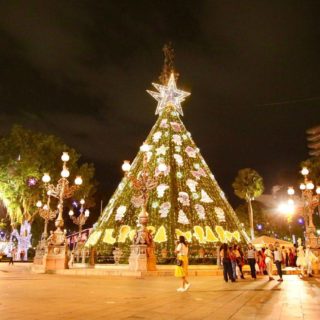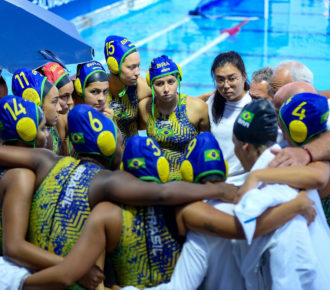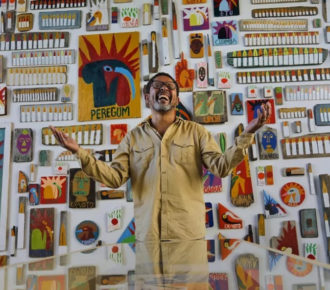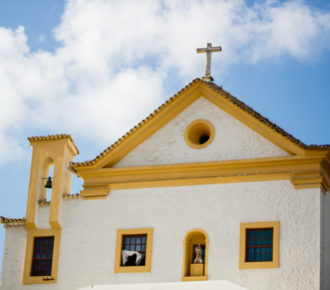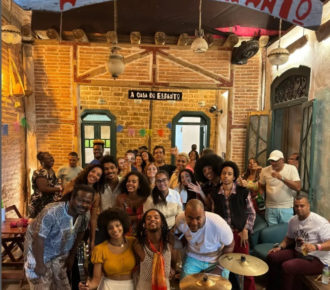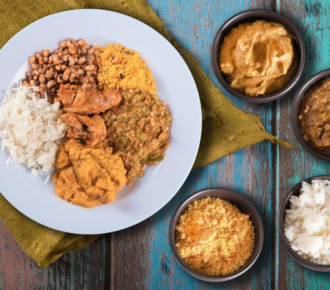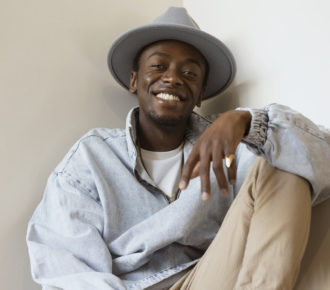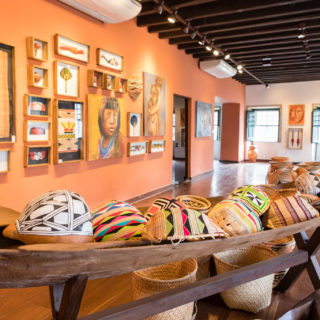
Ghetto art in evidence
Salvador’s new musical generation uses its own narrative as artistic potential
Driven by digital culture and with strong influences from the streets and the culture of the city, a creative and articulate youth reinvents Salvador’s music scene. We invited Ítalo Oliveira, Pivoman, to tell you about some of these artists in a text in first person, with details and points of view that only those who live the scene know.
“Pivoman” is the pseudonym of the musician, cultural producer, visual artist, music researcher and art educator Ítalo Oliveira, a restless and music-addicted mind who tries to share the musical fruits of his research with the public. He’s the one who will take you to meet these new artists from the ghettos of Salvador and, through their music, to look at the city with different eyes. These young artists are protagonists of the new music scene in Salvador.
We have prepared a list of perfect songs for this experience. Listen now! Available on Spotify and Deezer
A new Salvador present in the music of 15 young artists
By Pivoman
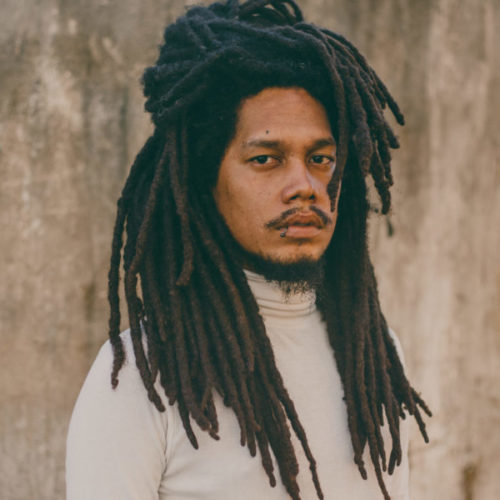
In 1975, Ilê Aiyê occupied Salvador’s carnival with the song “Que bloco é esse”, extolling black culture and the city’s ghetto, claiming racial rights and occupation of urban space. This was a milestone that revolutionized Salvador music and raised the bar of identity agenda in Brazil. With the turn of the 21st century, access to digital technology and greater tension about issues of race, gender and class, a new group of artists emerges, which will claim its place of speech, resume issues already brought by Ilê and present a non-caricature view of the city of Salvador.
Digital culture has revolutionized artistic production worldwide, both in visual and sound aesthetics. Not coincidentally, according to research by Queen Mary University of London and Imperial College London, hip hop and rap culture are being more influential than the Beatles on their generation. At the same time, we are witnessing West Coast African electronic pop music spreading all over the world and influencing artists like Beyoncé and GoldLink. Increasingly, popular musical genres are being digitally produced and reinvented, which has enabled the emergence and visibility of many artists who, without these resources, would not have the same opportunity to enhance their work.
In Salvador, it was no different. Names like Baiana System, Baco Exú do Blues, Àttooxxá, Larissa Luz, Vandal, Rap Nova Era, Trap Funk & Alívio and Makonnen Tafari appear in this context. And they are not the only ones: the city breathes and boils through an artistically articulated youth thirsty for expression.
In a short walk through the streets of Salvador, the pulse of an effervescent music scene is remarkable. In Rio Vermelho, this evidence is confirmed in the programming of houses such as Mercadão CC, Bombar and Commons. In the city center, Casa Preta in Dois de Julho, Oliveiras in Santo Antônio and Mouraria 53 in Nazaré are always proposing new artists in their program. In Cidade Baixa, there is the cultural space of Freedom Soul Records, which performs an important work with local artists.
Collectives such as Bonke Music and Balostrada Records release, monthly, a flood of music videos and songs that reflect the artistic vision of this new generation from Salvador. Therefore, I invite you to get to know a new Salvador through 15 new artists that I have listed. As the Novos Baianos already said: “go for a walk and you will hear”.
1. Yan Cloud: the greatest “square hair” in the city
“Black, young man from the ghetto”, this is how Yan Cloud calls himself. At 23, the singer has an advanced artistic vision. Graduated in advertising, he also works professionally as an art director.
“Alívio” (2016) is his first album. After the single “Última Letra Pensando Em Você”, he started to gain prominence in social networks and accumulate good partnerships.
“Until ‘Que Calor’ arrived, right? That was a big hit. Feat with Nêssa and Zamba. It had a good repercussion and that’s when I started mixing things. Before, it was more rap” says Yan.
A resident of the 7 de Abril neighborhood, he began to develop cultural initiatives in his region to fill a gap left by the government. “My neighborhood had never had any cultural projects. The first action involving music and poetry that occurred, I did it with three friends”.
Asked about musical influences in the place where he lives, he replies: “My neighborhood never influenced me much musically, but the things I saw there started to give me content and experience to put in music”.
In September, he released the single “Bafana”, preview of the album “PINKBOY”, released in October 2020. The album promises to raise the bar for Yan as an artist.
Follow: Instagram, Spotify, Youtube
See also: Bel4triz, Dactes, Davzera, Dusgroovx, Faustino, Lukas Vuto, NPSN, Nininha Problemática, Manigga, Preta Letrada, Salamanka, Suja dFato, Vírus.
2. Nêssa: pop music hits factory in Salvador
Graduated in Design and Industrial Design from the State University of Bahia, Vanessa Ribeiro is a great illustrator. After a serious repetitive strain injury, she began to see a second profession in music.
“I was very unmotivated in my area, I ended up getting very severe tendonitis. I didn’t see myself working my whole life as an illustrator and I saw that possibility in music”, she says.
Well positioned on social networks, Nêssa hit the hits “Que calor”, “Slow Motion”, “Não Se Apega” and “Aquele Swing”, the latter in partnership with Zamba and ÀTTOOXXÁ. Its most recent release reached over half a million listeners on Spotify.
At 27, the singer-songwriter knows very well what she wants. “I already entered music really thinking about making money. I never romanticized, it was not something I wanted since I was a child, I came to discover myself and fall in love with music when I was already working”, she says. “I chose pop [music genre] because it was a style that was not expressive here in the city.”
A resident of Pau da Lima, Nêssa expresses well the vision of the youth who knows how to plan and put their ideas into practice in search of professional development.
Follow: Instagram, Spotify, Youtube
3. Rei Lacoste: when cinema meets hip hop
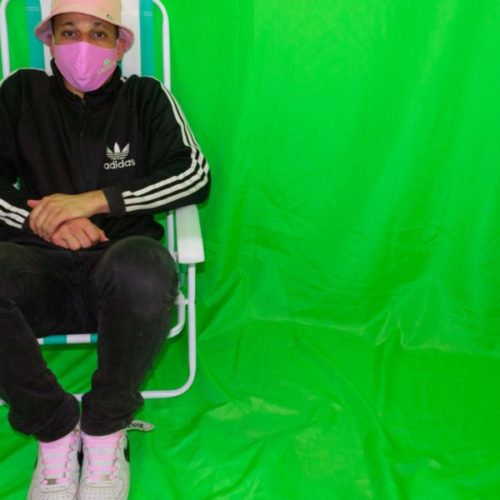
Member of the trap label Balostrada Records, Rei Lacoste is the pseudonym of the filmmaker and researcher Caio Araújo. In his debut EP “Trapcália Vol.1”, from 2018, and in the mixtape “V1D4L0K4T4MB3M4M4”, from 2019, he extends to music the technique of collage, which he uses in the creation of images.
“I am mainly interested in anthropophagic processes in music and I think that hip hop today is a very fertile ground for that”, he says.
Rei Lacoste has revolutionized the aesthetic of rap music videos in the city: from 2018 to today, he has directed 20 of them. “Depois Daquele Beijo”, “Carmen Sandiego” and “De Um Coração Puro” – the latter his most recent release, in partnership with Fiteck – are examples of his production method.
In March 2020, I had the pleasure of participating with the artist on a tour in Mexico, an opportunity that made me experience his creative process. The documentary clip “Mexicanboy” appeared as a result of the trip.
A resident of Boca do Rio, “beach favela”, as he says, the rapper attributes his creativity to the historical importance of the place. “I think I am part of a certain tradition of the existence of many artists in the neighborhood,” he says. “And, certainly, the city itself gave me the tools for creation”. Rei Lacoste brings in his work an extensive arsenal of references; it is worth the dive.
Follow: Instagram, Spotify, Youtube
4. Cronista do Morro: “don’t argue”
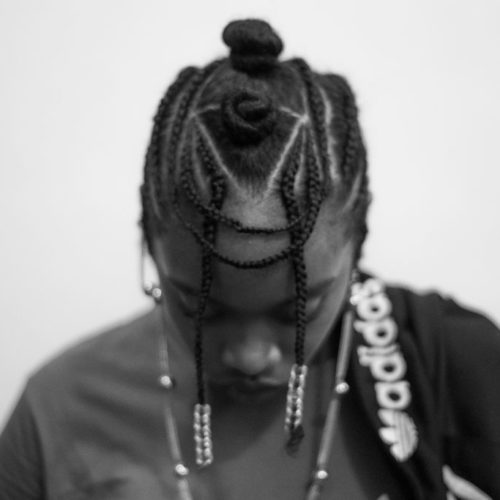
My first contact with Cronista do Morro was at “Baile da Under” – one of her first performances. I was amazed at the strength and security of the words that came out of her mouth. I thought, “Who is this woman? Where did she come from? ” With the end of the show, I got closer and in the first contact we had a wonderful conversation. Behind the aggressive rhymes present in her lyrics, Aila shows herself to be a very witty, quiet and music-savvy person.
A resident of the Liberdade neighborhood – the cradle of Afro-Soteropolitan cultural resistance – she continues this tradition, presenting us with a work that narrates the daily life lived by a black woman, lesbian and resident of the ghetto.
“Terror Da Leste” is her most expressive song, with an award-winning clip at the Music Video Festival Brasil and a version in partnership with the Afrocidade band, which resulted in a performance on the Afropunk festival trio at the carnival of 2020. Cronista is also a resident of the musical platform “Filhxs & Netxs”, created by music producer Mahal Pita. “Torro”, her debut single, makes me anxious to know about the artist’s next plans.
Follow: Instagram, Spotify
5. Di Cerqueira: foot in the door of homophobia in the rap
The Lower City, popularly known as CBX, has always been a place of musical effervescence. A resident of Ribeira, Di Cerqueira reinforces the artistic potential of the Itapagipe Peninsula and brings us a powerful musicality with lyrics that talk about the daily life of LGBTQIA+ in Salvador.
A public school student, he saw in an art-education project the possibility of developing singing techniques. “I started to discover my voice there. I participated in choir at school, it was crazy! My contact with art and music starts there”, he says. Then he talks about overcoming a trauma: “Since I was a child, I have always been tall. And a lot of my life was repressed because my voice was very high-pitched”, he says. “All the time people used to say: ‘talk like a man’. What made me create a complex with my voice. It was a very arduous process until I understood that I could be a singer”.
In 2019, Di Cerqueira was the first rapper to win the Educadora FM Music Prize in the Best Vocal Performer category, with the single “Grandeza”. Collaborator of collectives like Batekoo and Afrobapho, he is
preparing his first album (still without a release date). In August, he released the music video “DPZV”, denouncing the LGBT phobia suffered in the streets of Salvador. With each release, Di shows “being giant by nature”, as one of his lyrics says.
Follow: Instagram, Spotify, Youtube
6. Áurea Semiseria: a carreta da ONZE
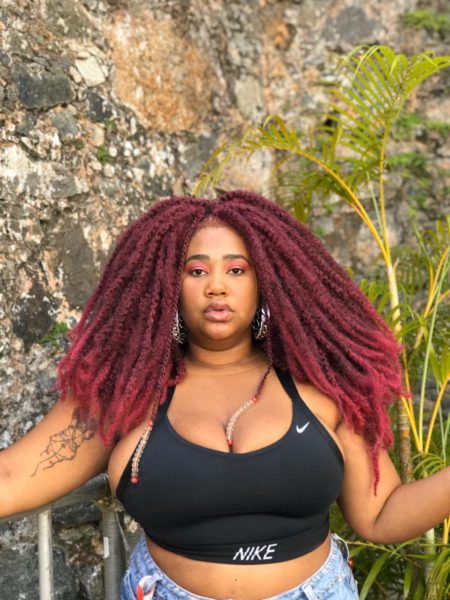
Resident of Cajazeiras, one of the most populous neighborhoods in Salvador, Áurea Semiseria began her career in gospel music. Influenced by the Hip Hop culture and by rap groups from her community, she soon became a popular figure in the city’s rhyme circles.
Her nickname, “A Carreta da Onze”, a number that makes reference to the locality where she comes from (Cajazeiras XI), is also the title of her future EP, with 3 singles and a video clip released by Balostrada Records.
The singer claims to be directly influenced by the artistic scene in her neighborhood, which, due to demographic density and commercial development, is popularly called “Cajacity” (Cajazeiras + city).
“The first rap group from Salvador that I met was Saca Só, and they are from Cajazeiras. My neighborhood is my biggest reference on everything: musically and socially”, says Áurea.
Owner of a loving and melodic speech, Áurea is an active voice singing the reality of black, fat and peripheral women. At the age of 22, she remains firmly articulating herself nationally. She has already partnered with one of the biggest names in national rap, Emicida; recently participated in the Brasil Grime Show program, taking the name of her neighborhood-city to the world.
Follow: Instagram, Spotify, Youtube
7. Baby Venas: migrant poetry in the bowels of Salvador
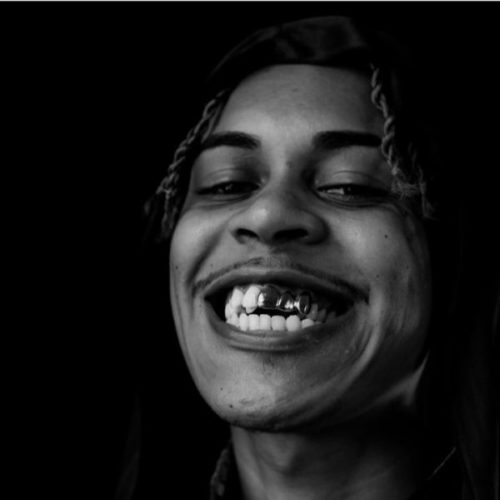
Well-designed rhymes, melodic voice and incredible sincerity. Since he was part of the “Coletivo Roupas Suja”, Venas had already caught my attention.
Born in the interior of Bahia and raised in Salvador, he started writing to distance himself from the violence experienced in the ghettos of the Bahia’s capital.
“About five years ago, rap saved my life,” he says.
A resident of Engenho Velho da Federação, he started his career when he lived in the São Caetano neighborhood and developed his sharp lyrical skills when he lived in Pelourinho, Salvador’s historic center. “In all the neighborhoods where I lived, similar realities of social exclusion, police violence, poverty, crime and the same heaviness of heart”, he says, explaining the theme of his lyrics. And he continues: “My songs are born from my experiences. This feeling doesn’t allow me to narrate a false life”.
Aldeia Hits (2016), was his first EP. In 2019, he intensified the release of singles and video clips: Paz, Bala V, Peças and Perdido are examples of the artist’s production rhythm, who uses his place of speech as a black man, a ghetto resident, to question the romanticization of crime in Brazil through Hip hop. 2020 is the year of his second album, to be released in November. Baby Venas is a rare jewel in Salcity’s trap*.
Follow: Instagram, Spotify, Youtube
8. Maya: the ghetto girl is “faca amolada”
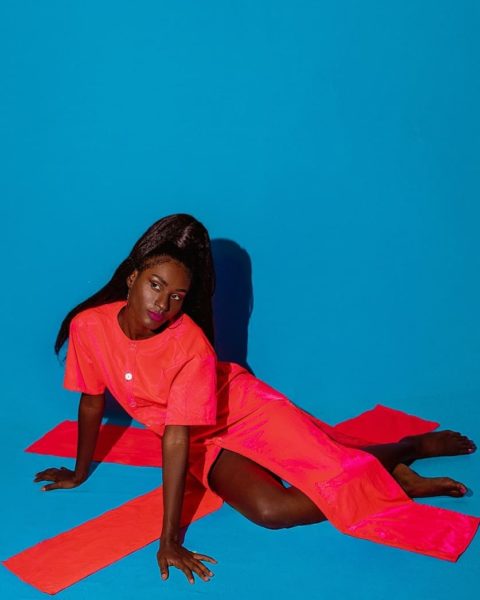
Formerly a region avoided by a large part of the population, the railroad suburb is now recognized for its beauty, and popular in Salvador’s tourist routes. There is the musical starting point of the singer Maya.
“Having grown up in Periperi sharpened my side for grooved sounds, like the pagode,” she says. “The big walls (paredões)* are intrinsic to the ghetto neighborhoods, it’s cultural. We already enjoyed it that way and consumption makes us acquire references by experience,” explains Maya.
Daughter of a visual artist father and a musical appreciating mother, she started singing at the age of 8 and has been composing since adolescence. An admirer of Black music, Hip Hop and Pagode from Bahia, she expresses this in her work.
“Faca Amolada”, her newest single, was produced by Faustino Beats and by Diabel Music from São Paulo. The track is booming on digital platforms and a choreographic challenge is going viral on the networks. “It is the first challenge to make a buzz in Salvador. There are several obstacles in the path of the independent artist, several accesses that are denied for us, mainly for black women”, she says. “I believe that the internet has made it easier and made us create our own accesses”.
Maya’s music speaks for itself: “Salcity’s girls don’t play, they are advanced”.
Follow: Instagram, Spotify, Youtube
9. Marcola Bituca: listening to a rap in Itapuã
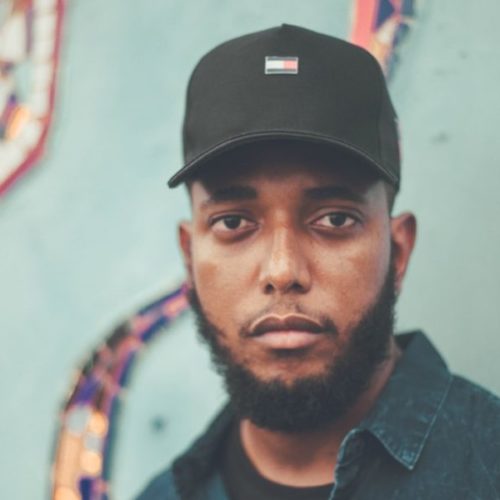
Itapuã was immortalized in our imagination through the songs of Dorival Caymmi, the percussive beats of Malê Debalê, the voices of Ganhadeiras. It is in this cultural cradle that Marcola is born.
With a newly released album, Os Últimos Filhos de Sião (2020), he previously participated in the musical projects Sambatrônica and Turma do Bairro, reaffirming that his musical wit has roots in Itapuã (or, as the natives call themselves, “itapuãzeiras”).
“I was always very related to the culture of my neighborhood. Being immersed in this cultural melting pot gave me the possibility to always seek to innovate in my work”, he says.
Marcola shows himself visionary in his most recent release, strolling very well through rap, electronic pagode, dub, kizomba and experiencing timbres of English underground electronic music. Names like Rincon Sapiência, MCDO (Afrocidade vocalist) and Caboclo de Cobre take part in the disc, with 9 tracks produced by Aquahertz Beats. In August, he participated in the Estúdio Showlivre program, showing a work that can be considered one of the best releases of national rap in 2020.
“We are a generation that has grown as the internet has grown, artists who distribute their own material on digital platforms, who already understand algorithm, home studio, a do-it-yourself generation”, he says, justifying his role in the good flow of his album.
Follow: Instagram, Spotify, Youtube
10. Murilo Chester: original CBX
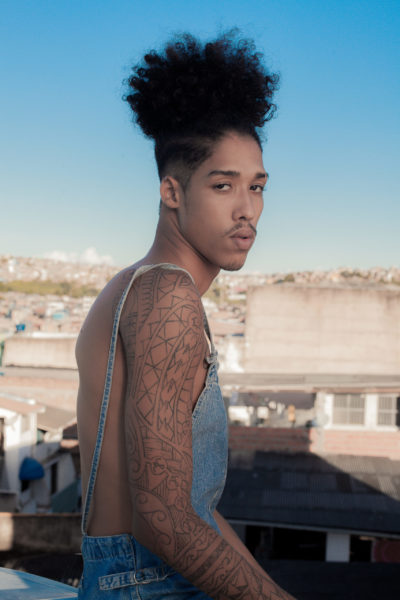
Born into a family of musicians, Chester has always seen art as a way to earn a living. “A loyal resident of the Lower City”, as he says, at the age of 11, he received a guitar as a gift and started to study on his own. He was known for publishing videos on the internet reproducing MPB classics. From experiences in Hip Hop culture, he began to develop an authorial work.
“I started to feel this need to put my feelings on paper, I started to write, to compose. It was a period of my life that has taught me a lot. I needed that to be who I am today. I needed that to make the new album that I’m making today, you know”, He says.
Scheduled to be launched in October, “Planos & Danos” features productions from RDD (Áttooxá), K9, ÉOCROSS, Calibre (first producer to mix rap with pagode), Zamba and Gabriel dos Anjos. The video for the single “Sequência de Pente” makes anyone eager to hear the album. In the meantime, Chester presents us “Passin da Maloka”, EP in partnership with Shook – his longtime partner.
Follow: Instagram, Spotify, Youtube
11. Underismo: autonomy and self-management
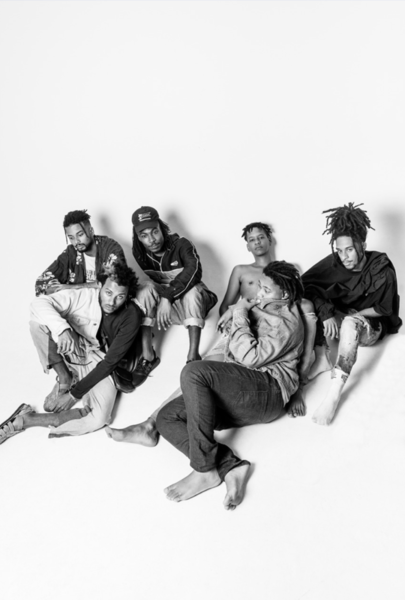
Underismo was born as a platform to connect artists producing music, fashion, design and the like. One of the most expressive groups of underground rap in Salvador, it recorded its first EP, “Resíduos” (2018), from sales of clothes produced by the collective.
“In fact, we do the work completely independently, you know? We made 20 shirts and managed to sell them to pay for our recording”, says Ares, a member of the group.
Adherents of “do-it-yourself”, the collective started its own party, “Baile da Under”, in order to sell its work and give visibility to artists who shared the same idea – it was where I learned more about the group’s work and other artists’, by the way.
In partnership with the producer Gana, they launched “Demotape”, a moment that allowed the insertion of popular musical genres such as funk and pagode in the group’s creative process. “From then on, we managed to have an interesting range, people started to listen more because of this mixed pagode thing. Not only that, but also the musical essence of the people who were doing that work with real reference”, says Ares.
After the good acceptance of the singles “Preto Chave” and “Di bombeira”, they prepare to open the first album’s lock.
Follow: Instagram, Spotify, Youtube.
12. Pivete Nobre: Cajazeiras is the world
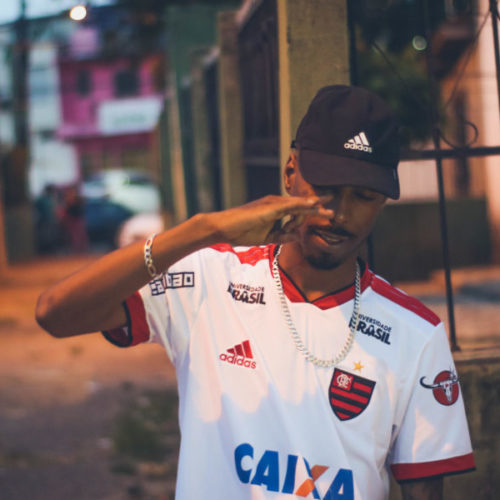
Felipe, also known as “Guri”, is another child of the productive scene of Cajazeiras, nicknamed “new Atlanta” (city that was the birthplace of the American trap). Known for its large size, it is true that many artists from the rap / trap scene in Salvador are emerging from there, and Pivete Nobre is one of the most original of them.
At the age of 26, he already carries a vast career. Founder of the classic rap group “Saca Só” and the “Estilo Solto” label, member of the label and collective UGangue, tattoo artist, producer, beatmaker, Pivete expresses in his work experiences acquired in the locality where he lives.
“I started in 2012. Since then, I’m always producing and writing rap, telling the stories from here in Cajazeiras, but also stories that are from the world, from many ghetto neighborhoods. That was my first motivation” he says.
In 2019, he launched the mixtape Pivete Nobre, which brings a great dialogue between urban experiences in Salvador and the musical concept of the Southeastern U.S. trap. This release is already a classic. I cannot forget to mention the hypnotic single “axoquequebreiumcoraçao”: a hymn among the fans, this track has been on repeat all morning on my music player. The “Pivete” is really “Nobre”.
Follow: Instagram, Spotify, Youtube
13. A Travestis: from street vendor to big walls (paredões) success
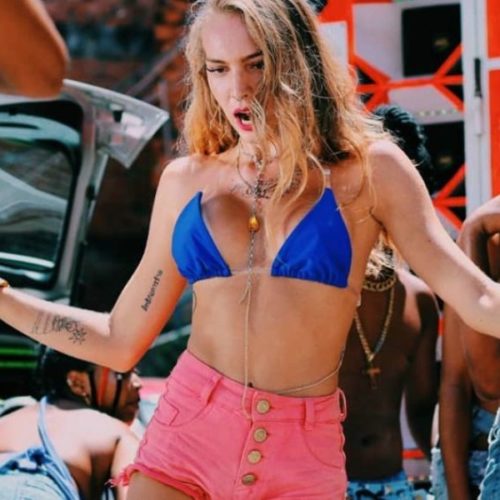
Born in Piauí and based in Salvador, the singer Tertuliana, affectionately called Tertu, at the age of 24 already brings with her a powerful trajectory. With a BA in Art History from the State University of Rio de Janeiro, the city where she developed her artistic practices, Tertu was a cordelista and funk DJ. After finishing her studies and returning to Salvador, she had no job opportunities in the area and decided to become a street vendor in Porto da Barra. “As I didn’t have this opportunity, I had the idea of selling brigadeiro on the beach, and while selling brigadeiro, I used to sing several songs”, she says.
From then on, she became known. With encouragement from clients and close people, she overcame a trauma with her own voice and invested in her singing career, signing as A Travestis. “Then I created my hits”. After having her songs reproduced by popular artists and bringing the transsexual discourse to Salvador’s “pagode proibidão”, A Travestis prepares her first album (with no expected release date). Recently, she released a single in partnership with A Paulilo (multiartist who created the first LGBTQIA+ big wall in Salvador), increasingly establishing her “guide” in the music market.
Follow: Instagram, Spotify, Youtube
14. Caboclo de Cobre: Amerindian resistance in the center of Salvador
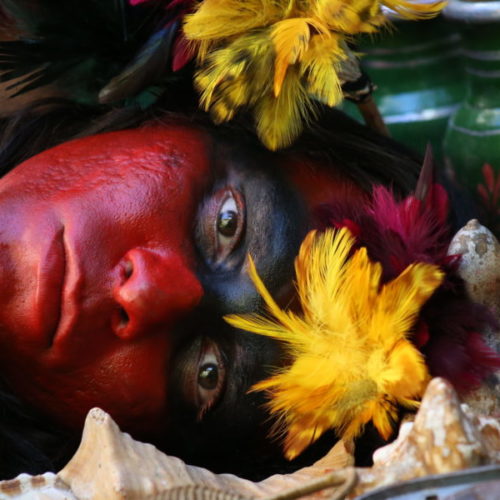
A late afternoon, drinking a beer at Boteco do Helder (Dois de Julho neighborhood, downtown Salvador), suddenly, a sound plays and it makes me give up the next sip and sharpen my listening ears. Curious as I am, I went to find out who the author was, and the bar’s owner replied: “It’s Cabôco – Experiêcia!”. Investigating further, I discovered that this is the musical project of the researcher and multiartist Luiz Guimarães, who for 6 years has been dedicated to rake through his ancestry, highlighting and reaffirming the importance of the Afro-Amerindian heritage in the formation of the Brazilian people.
With two albums released, Primeira Flecha (2019) and Segunda Flecha (2020), Caboclo de Cobre brings musical themes that include electronic pagodão, carioca funk and brega funk. His lyrics are based on experiences and thoughts that reinforce the relevance of his continuous struggle against stigmas left by the colonization process in Brazil. “É só PENSADA violenta”, warns us in its debut track. Luiz is also coordinator of the Aldeia collective and co-manager of the Casa Preta culture space, in the Dois de Julho neighborhood, downtown Salvador.
“My work is a form of artistic resistance and to exercise my ancestry in the city center”, he says.
He firmly shows himself to be an artist more than necessary for this dystopian moment that we are living.
Follow: Instagram, Youtube
15. Trevo: urban pilgrim looking for roots
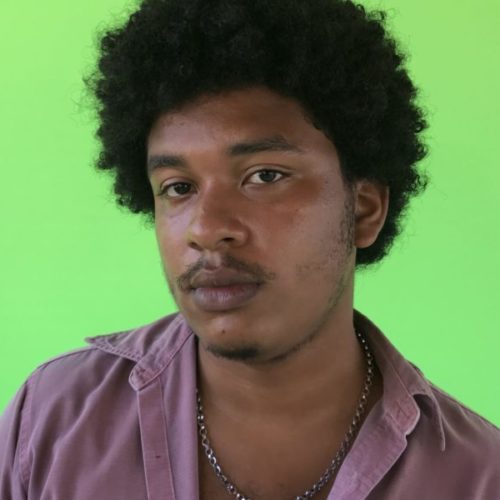
Former member of the “Underismo” group, Trevo is a young artist of many facets. He began his career as a poet, reciting in buses that circulated in the center of Salvador. This activity earned him enough money to record his first songs and establish himself as an MC. Coming from the rap school in the neighborhood of São Caetano, Trevo stood out for his rhymes having an identity genuinely linked to the streets of Salvador.
“I consumed a lot of the downtown view: graffiti, the peculiarities of architecture, urbanism, underground”, says Trevo.
He collaborated with the main releases of his old group, and, in parallel, he released the acclaimed solo album “Nada Novo Sob o Sol”, produced by Felipe Mimoso. At the age of 21, he exuded sincerity when he gave up a career that was relatively fast in rap, in search of reconnecting with his origins. “I was kind of depressed, feeling too much. I left Under, I moved away from Gana (producer) and I was in the mood to stop rapping, to stop music, actually”, he says.
When he connected with his neighborhood again, Trevo rediscovered himself musically and in November 2020 will release the EP “Toda Vida”, produced by LIPHS. In October, the video for the single “MT” comes out, previewing the new moment of the artist’s career. “Why not launch a pagode EP now, mixing the influences of the trap, which is what I already do? That’s how the EP ‘Toda Vida’ is born” he says, giving a hint of what is to come.
Follow: Instagram
Note:
Salcity * – a kind of nickname for City of Salvador: Sal (Salvador) + city.
Big Wall (Paredão)* – the goal is to put whoever is nearby to dance. The name came from the stack of speakers forming a wall. Today, cars with a trunk equipped with powerful sound are also called big walls. It’s common in much of the country, mainly in the ghetto areas.

